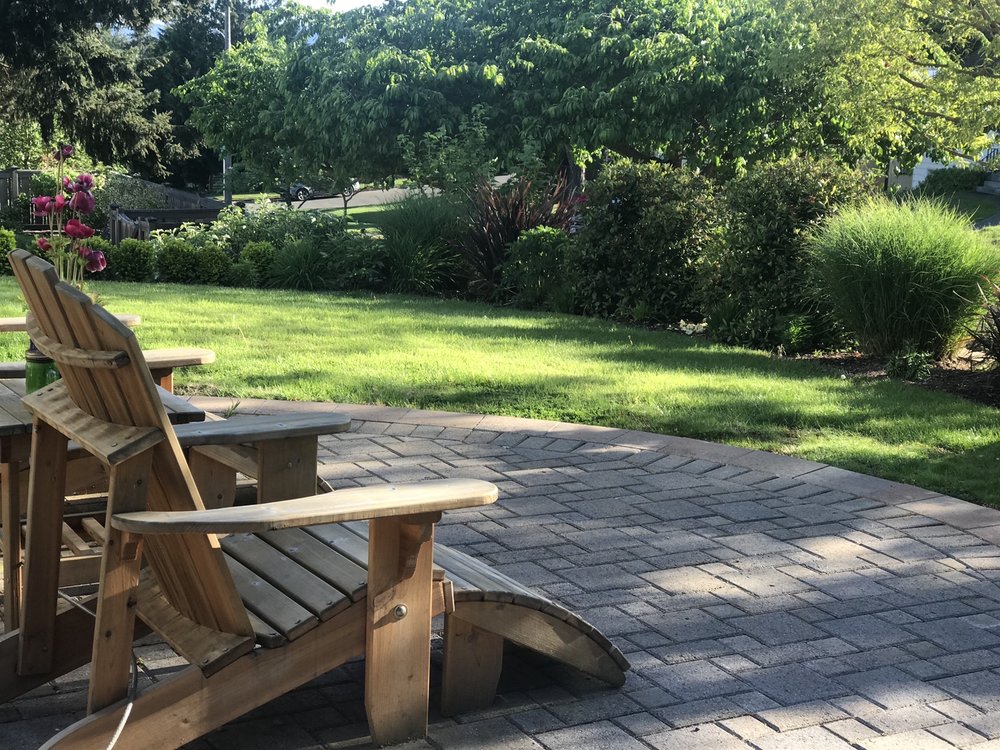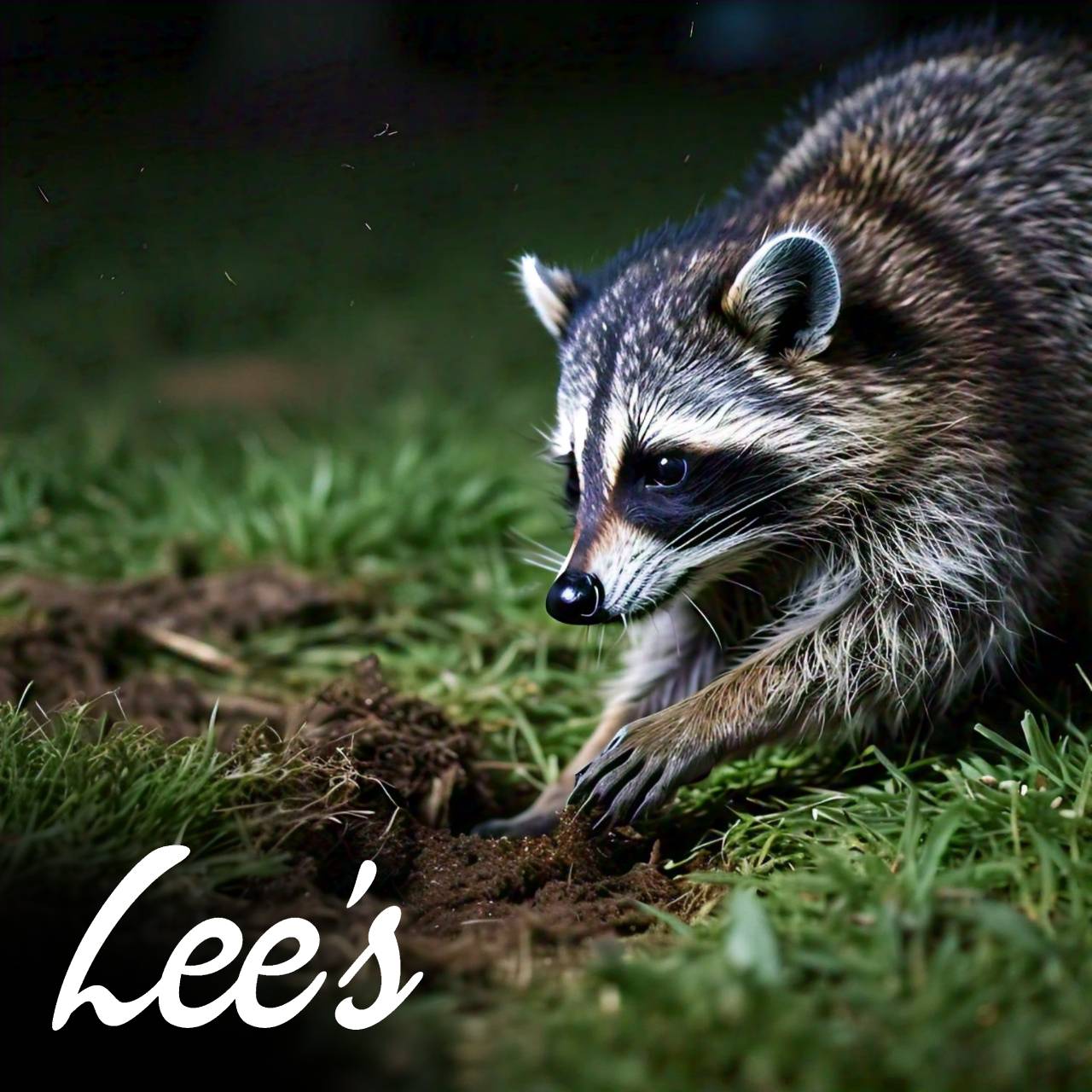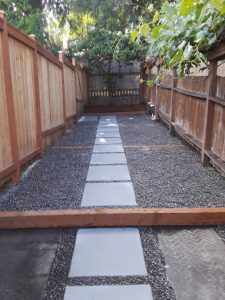How to Keep Raccoons from Tearing Up Your Lawn
Hey neighbors, Mr. Lee here! If you’re dealing with raccoons making a mess of your lawn, you’re not alone. These little troublemakers love digging up yards in search of grubs, tipping over trash cans, and even helping themselves to your pet’s food. But don’t worry—I’ve got some tried-and-true strategies to help you reclaim your yard and keep it looking great.
Why Are Raccoons Targeting Your Lawn?
Raccoons are smart, adaptable, and always looking for food. In Seattle, our moist climate makes the perfect breeding ground for grubs, a raccoon favorite. Plus, if your yard has shady spots, thick ground cover, or food sources nearby, it can feel like an all-you-can-eat buffet to them.
Common Raccoon Damage in Yards
| Type of Damage | What It Looks Like |
|---|---|
| Lawns | Holes, ripped-up turf, and patches of exposed soil |
| Gardens | Missing vegetables, trampled plants, and dug-up roots |
| Trees | Stripped bark, broken branches, and raided bird nests |
| Yard Decor | Knocked-over trash cans, bird feeders, and outdoor items |
| Ponds/Water Features | Missing fish, frogs, and other aquatic life |
| Pet Food Areas | Stolen pet food, disturbed feeding spots |
| Roofs and Gutters | Climbing damage, clogged gutters |
| Sheds and Outbuildings | Torn screens, chewed wood, or raccoons nesting inside |
7 Steps to Stop Raccoon Damage for Good
Step 1: Identify the Problem Areas
Before taking action, inspect your yard for:
- Signs of digging – Turf peeled back like carpet is a classic raccoon move.
- Grub infestations – Dig a small section of grass and check for white, C-shaped larvae.
- Shelter spots – Look for dense shrubs, woodpiles, or accessible attics and sheds.
Step 2: Remove Their Food Source (Grub Control)
Since grubs are often the main attraction, eliminating them can make your lawn far less interesting to raccoons.
Natural Grub Control Methods
- Beneficial Nematodes – These microscopic worms naturally hunt and kill grubs.
- Milky Spore Disease – A long-term bacteria treatment that wipes out Japanese beetle grubs.
Chemical Grub Control
- Grub Pesticides – Apply in late summer or early fall when grubs are feeding near the surface. Always follow safety instructions.
Step 3: Strengthen Your Lawn
A healthy lawn is less inviting to raccoons. Here’s how to keep yours in top shape:
- Aerate – Loosen compacted soil so grass roots grow strong and deep.
- Fertilize – Give your grass the nutrients it needs to thrive.
- Overseed – Fill in bare spots so there’s no open ground for grubs to settle.
Step 4: Set Up Raccoon Deterrents
If raccoons keep coming back, it’s time to make your yard less welcoming.
Fencing and Barriers
- Underground Fencing – Bury a 12-inch deep barrier around problem areas.
- Top Barriers – Chicken wire or garden netting over new sod can help.
Motion-Activated Devices
- Sprinklers – Surprise raccoons with a sudden spray of water.
- Lights and Noise – Motion-activated lights or ultrasonic devices can scare them away.
Natural and Chemical Repellents
- Predator Urine – Fox or coyote urine can trick raccoons into thinking a predator is nearby.
- Spicy Sprays – Spraying plants with a mix of cayenne and water can help.
Step 5: Secure Your Trash and Food Sources
Raccoons are opportunistic eaters. If you make food harder to find, they’ll move on.
- Use raccoon-proof trash cans – Tight-fitting lids are a must.
- Feed pets indoors – If you must feed outside, bring dishes in afterward.
- Modify bird feeders – Use squirrel-proof feeders to limit spills.
Step 6: Call in the Pros (If Needed)
If raccoons are persistent or nesting in your home, professional help might be the best move.
- Wildlife Control Experts – Safe, humane raccoon removal.
- Landscapers (Like Me) – Lawn repair, deterrent setup, and ongoing maintenance.
Step 7: Repair and Prevent Future Damage
Once the raccoons are gone, focus on restoring your lawn and keeping it that way.
- Re-seed damaged areas – Fill in torn-up spots to promote healthy regrowth.
- Maintain regular lawn care – Consistent mowing, watering, and fertilizing keep your grass strong.
- Check for seasonal issues – Stay ahead of grub infestations and make adjustments as needed.
Final Thoughts: Keeping Raccoons Out for Good
Dealing with raccoons isn’t just about stopping the damage today—it’s about preventing future problems.
- Grub Control is Like Cutting Off the Power Supply – No food, no raccoons.
- Motion-Activated Sprinklers Work Like a Home Alarm System – Surprise them, and they’ll move elsewhere.
- A Healthy Lawn Acts Like an Immune System – Strong grass fights off pests naturally.
If raccoons are tearing up your yard, I can help. Whether you need grub control, deterrent installation, or lawn repair, my team has got your back.
Give me a call, and let’s get your lawn back in shape.
See you in the yard!
— Mr. Lee



















